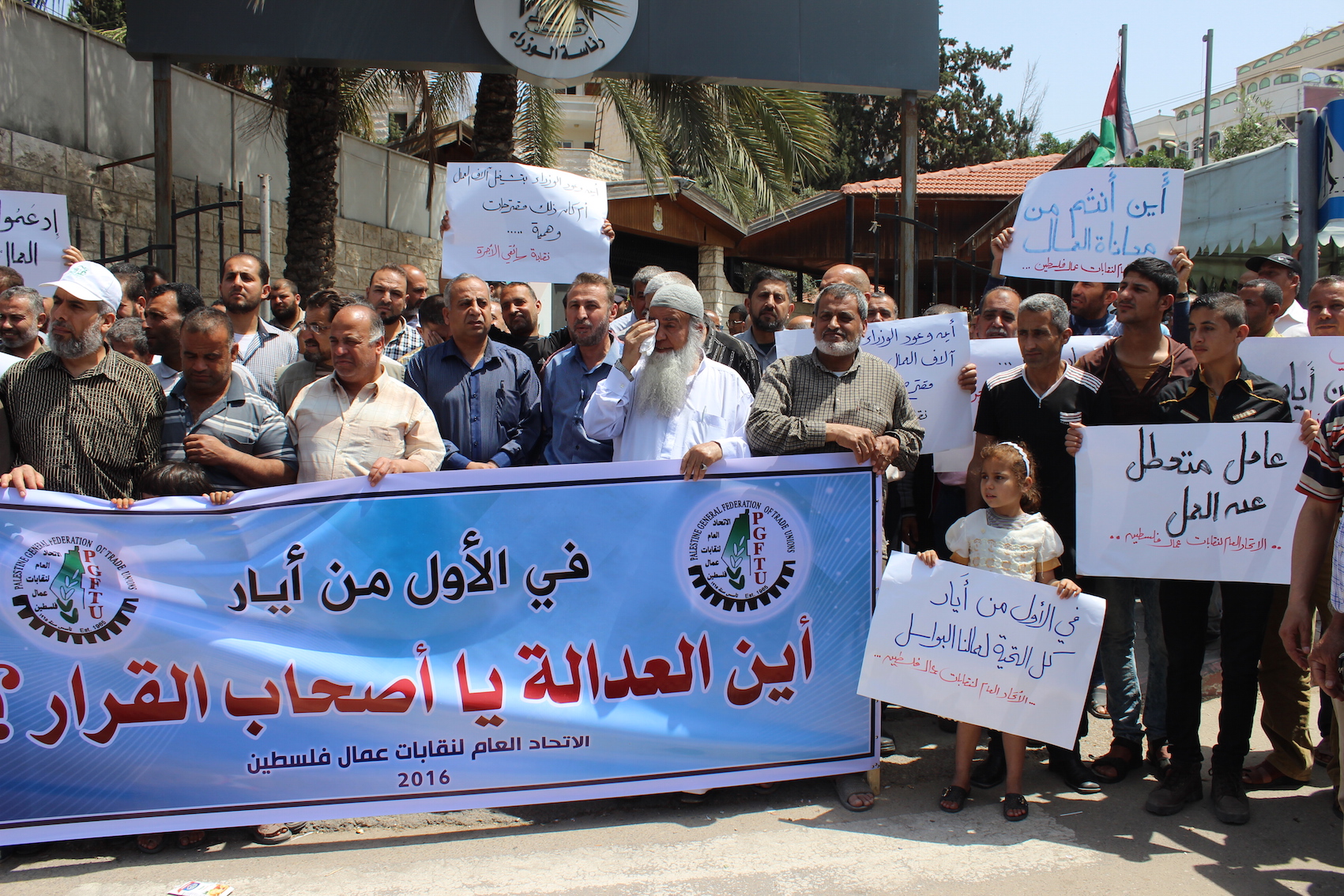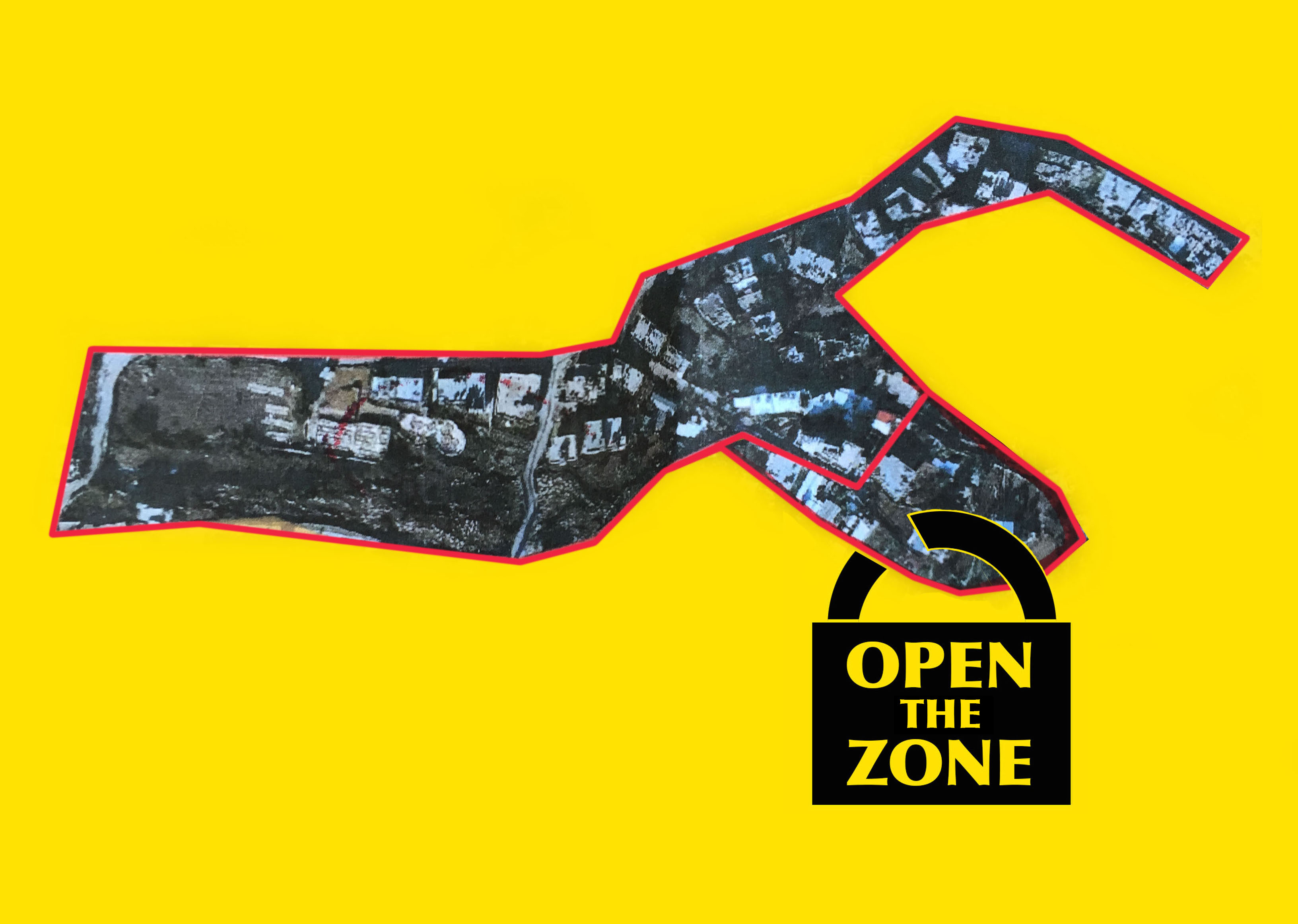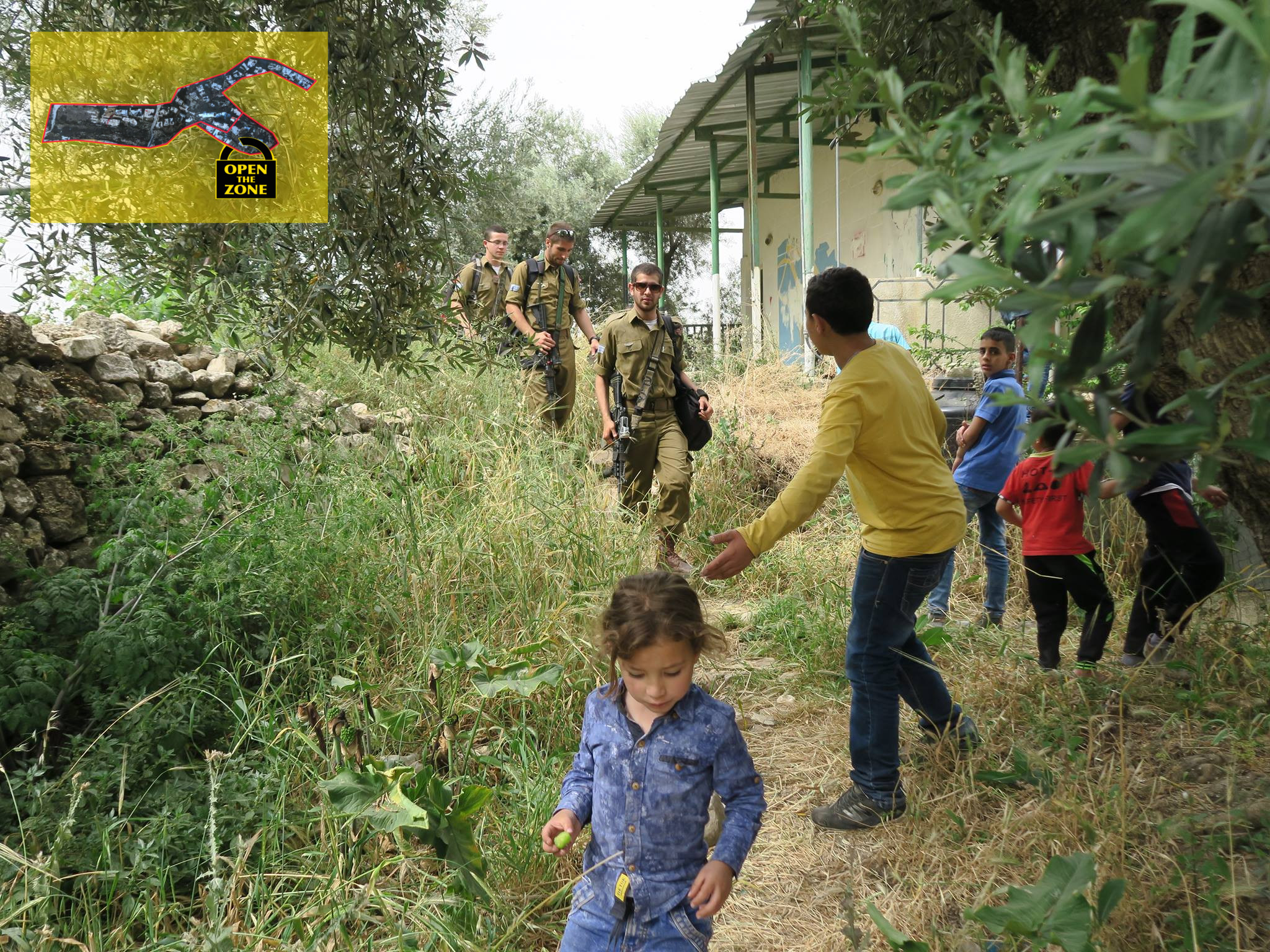-
Labour day demonstration in Gaza trying to fight the siege
4th May 2016 | International Solidarity Movement, Gaza team | Gaza, occupied Palestine On May 1st, the workers of the Gaza Strip gathered to demand that Mahmoud Abbas and Rami Hamdallah work towards the end of the blockade. The blockade has already strangled the life in the Gaza Strip for 10 years and has raised the unemployment rate […]
-
Open The Zone: information on CMZ and Hebron
Friday, May 27th Tel Rumeida and Shuhada Street are among the oldest areas of the city of Hebron. They are also among the most difficult places for Palestinians to now live. The first illegal settlements set up after the Israeli occupation in 1967 were along Shuhada Street and in Tel Rumeida. Populated by ideological Israeli settlers […]
-
Open The Zone campaign against Closed Military Zone launched in Hebron
3rd May 2016 | Open The Zone Campaign| Hebron, occupied Palestine On May 3rd 2016, the Open the Zone campaign was launched in cooperation with Zleikha Mohtaseb with a children’s play about oppression, which took place directly outside the arbitrary borders of the closed military zone in Tel Rumeida, Hebron. The campaign targets the deliberate […]
Action Alert An Nabi Saleh Apartheid Wall Arrests BDS Bethlehem Bil'in Cast Lead Demonstration Denial of Entry Ethnic Cleansing Farmers Gaza Global Actions Hebron House Demolition International law Israeli Army Jerusalem Live Ammunition Nablus Ni'lin Prisoner Ramallah Rubber-coated steel bullets Settlement Settlers Settler violence Tear-Gas Canister Video



